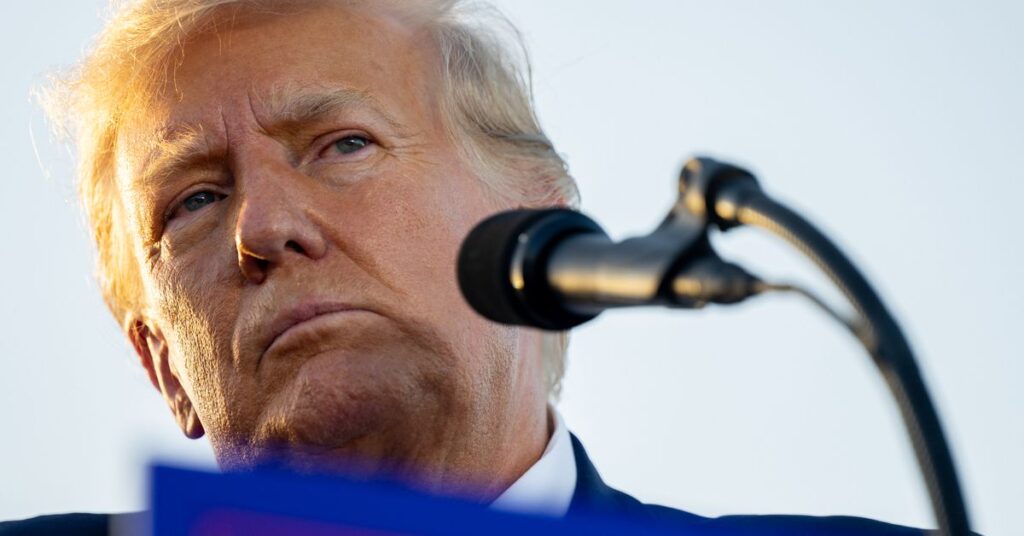After days of uncertainty and speculation, former President Donald Trump has officially been indicted by a Manhattan grand jury on charges of, reportedly, more than 30 counts related to business fraud.
On Tuesday, he’ll sit before New York judge Juan Merchan for his arraignment, effectively a court hearing when the charges are read aloud to him and he’s able to enter what’s expected to be a “not guilty” plea. At the arraignment, the judge will also determine whether Trump can be released without bail, which he likely will be since he’s being charged with nonviolent crimes.
The charges are still under seal, but they are expected to address Trump’s involvement in hush money payments made to porn performer Stormy Daniels and related efforts to falsify business records. The indictment is a historic one, making Trump the only former president who’s ever been criminally charged.
The news brings up a few key questions around what an indictment is and how arraignment works.
Basically, an indictment means a person is formally being charged with a felony by a grand jury. Charging someone in this manner is required in many felony cases, like the one involving Trump. As laid out by the New York State Constitution, Trump had to be indicted by a grand jury — which gives members of the community a say — before prosecutors could proceed further. This differs from misdemeanor cases when a prosecutor can just bring the charges without a grand jury having to file them via an indictment, adding one more step. Now that Trump has been indicted, Manhattan District Attorney Alvin Bragg is able to coordinate his surrender and pursue a trial.
“When a person is indicted, they are given formal notice that it is believed that they committed a crime,” notes the Department of Justice. “The indictment contains the basic information that informs the person of the charges against them.”
An indictment is a key step in many felony cases. First, a prosecutor…
Read the full article here





